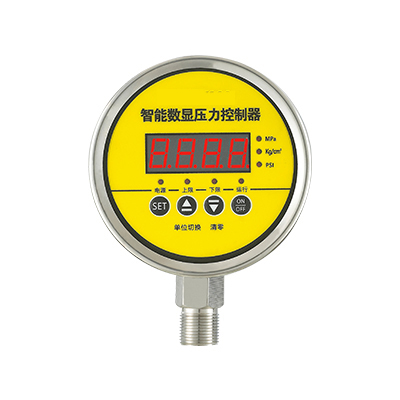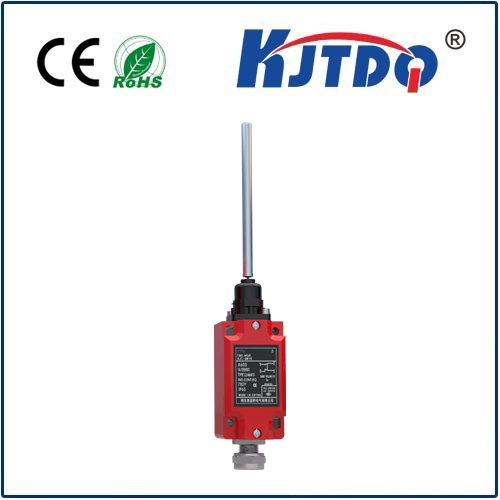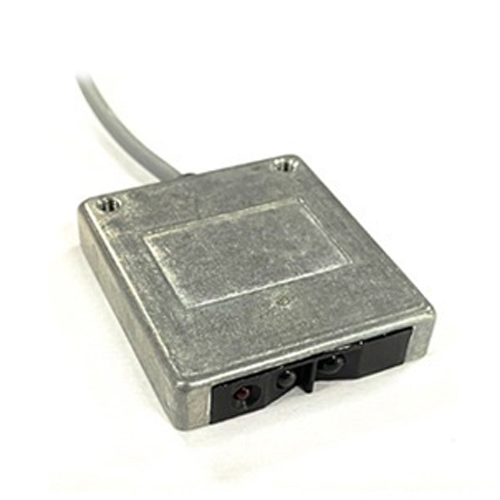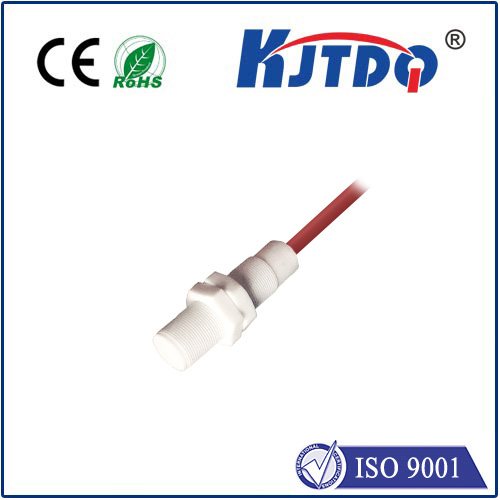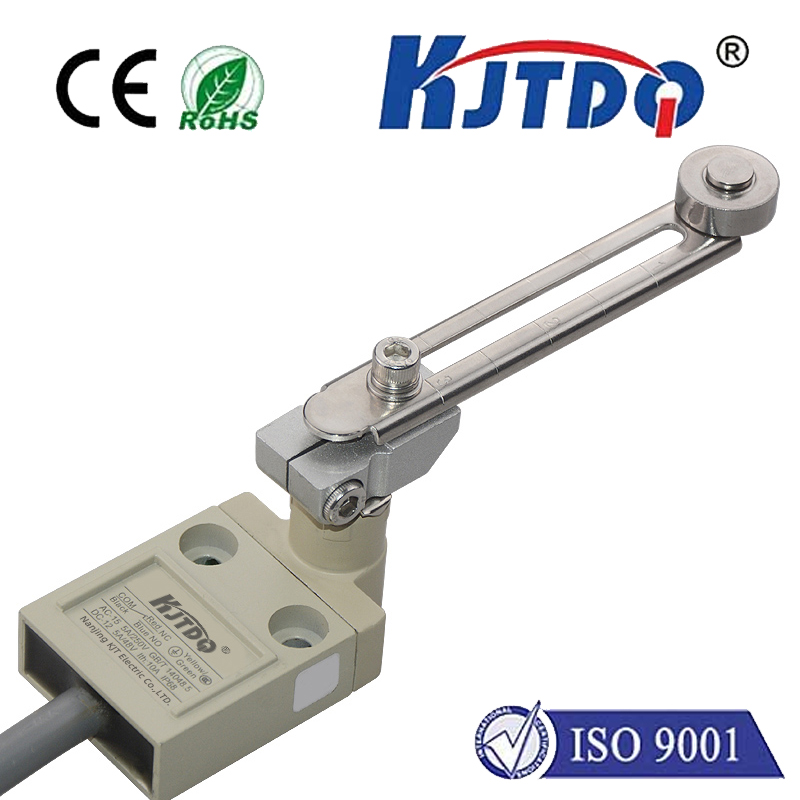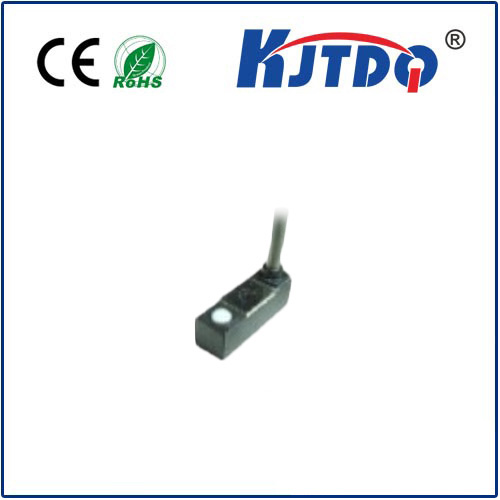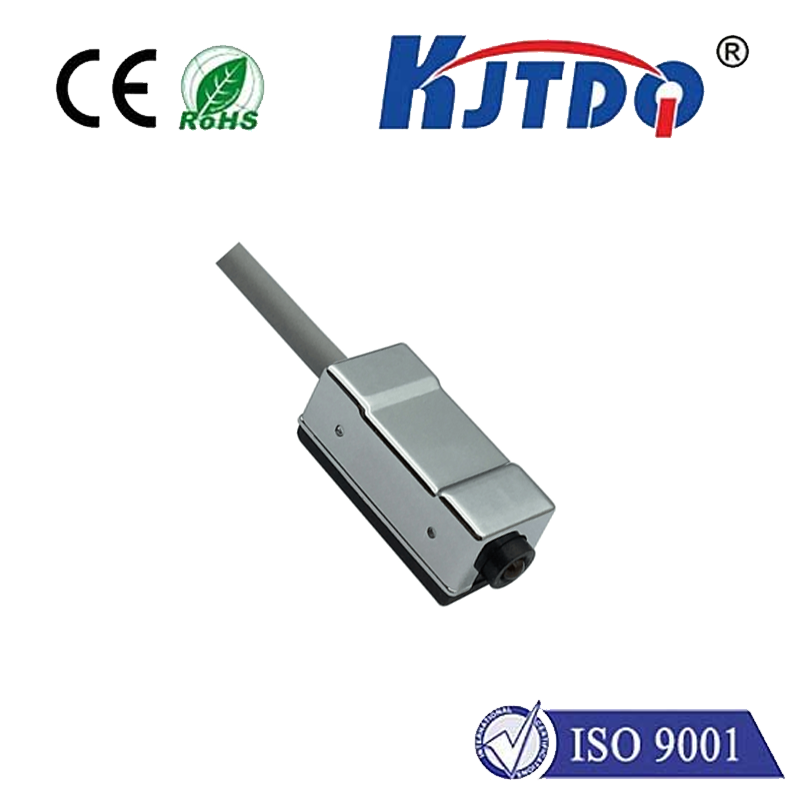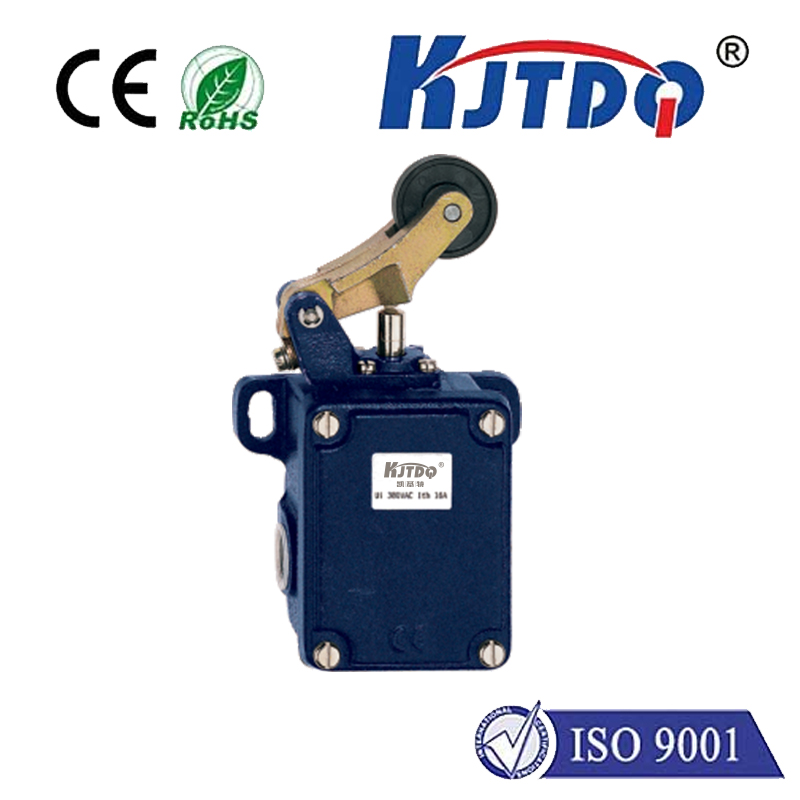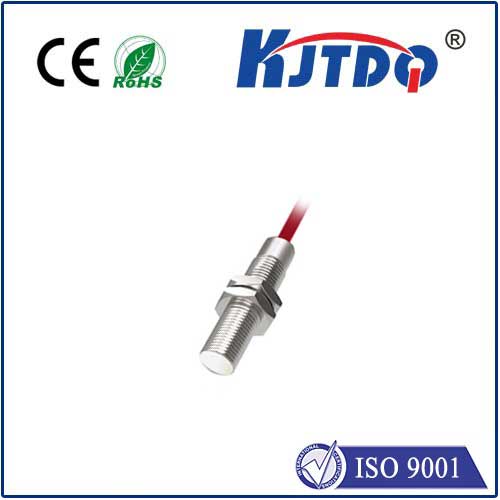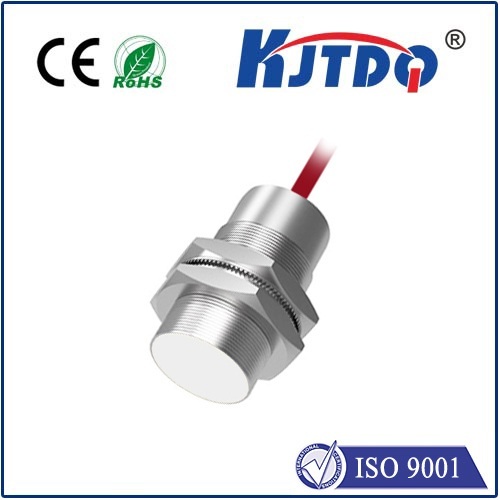photoelectric sensor 220v
- time:2025-07-24 02:48:28
- Click:0
Unlocking Industrial Potential: The Power and Precision of 220V AC Photoelectric Sensors
In the relentless hum of modern industry, where efficiency and reliability are non-negotiable, the ability to detect objects accurately and consistently forms the bedrock of countless automated processes. Enter the 220V AC photoelectric sensor – a robust, versatile, and fundamental component bridging the gap between the physical movement of materials and the control systems that orchestrate production. These sensors, operating directly from the mains power prevalent in industrial settings, offer unique advantages for demanding applications, making them an indispensable tool on the factory floor. Understanding their capabilities and deployment is crucial for optimizing automation systems.
Why 220V AC? The Industrial Power Standard
Unlike their lower-voltage DC counterparts often used in electronics or smaller machinery, 220V AC photoelectric sensors are designed to integrate seamlessly with standard industrial electrical infrastructure. This direct compatibility offers significant benefits:
- Simplified Wiring: Eliminates the need for separate power supplies or voltage converters. You can connect the sensor directly to the readily available AC power lines, reducing installation complexity and cost.
- Robustness: Industrial AC power systems are inherently stable. Sensors operating at 220V AC are built to handle the typical voltage fluctuations and electrical noise found in harsh industrial environments, ensuring consistent performance.
- Long-Distance Operation: AC signals generally allow for longer cable runs between the sensor and the control system without significant signal degradation compared to some DC variants, offering greater flexibility in plant layout.
- Higher Output Power: The higher voltage can support the operation of more powerful components within the sensor itself, or drive certain types of actuators or relays directly in some configurations (though often an interposing relay is still recommended for control systems).
Photoelectric Sensing: The Core Technology
Regardless of voltage, the underlying principle of a photoelectric sensor remains the same: it uses light to detect the presence, absence, position, or distance of an object. A transmitter emits a beam of light (visible red, infrared, or laser), and a receiver detects changes in this beam. 220V AC photoelectric sensors leverage this principle but are packaged and engineered for the rigors of industrial AC power environments.

The three primary operating modes are particularly relevant for these industrial workhorses:
- Through-Beam (Opposed Mode): The most reliable for long-range detection. The transmitter and receiver are separate units facing each other. An object is detected when it breaks the light beam between them. Ideal for large conveyor systems or detecting objects with varied surfaces.
- Retro-Reflective: Combines emitter and receiver in a single housing. The sensor relies on a reflector positioned opposite it. Light is emitted, bounces off the reflector, and returns to the receiver. An object interrupts this reflected beam. Excellent balance between range, reliability, and ease of installation (only one device to wire at the detection point).
- Diffuse (Proximity Mode): Emitter and receiver are housed together. The sensor detects light reflected directly off the target object itself. Highly convenient for close-range detection and requires no separate reflector or receiver unit, but range and reliability can be influenced by object color, surface texture, and background.
Key Advantages of 220V AC Photoelectric Sensors
- Direct Industrial Integration: As emphasized, the 220V AC specification means plug-and-play compatibility with standard plant power, streamlining setup.
- High Reliability & Durability: Built to withstand industrial challenges: vibration, dust, moisture (many feature IP67 or higher ratings), temperature extremes, and electrical interference. Their robust construction ensures longevity in tough conditions.
- Long Sensing Ranges: Especially in through-beam and retro-reflective modes, 220V AC photoelectric sensors can achieve detection ranges significantly longer than many DC sensors or mechanical switches, sometimes spanning tens of meters. This is critical for large-scale material handling.
- Fast Response Times: Capable of detecting objects moving at high speeds on fast production lines, ensuring precise timing for control actions.
- Non-Contact Detection: Detection occurs without physical touch, eliminating wear and tear on both the sensor and the target object, leading to lower maintenance costs.
Industrial Applications: Where 220V AC Photoelectric Sensors Shine
These sensors are ubiquitous across automation and manufacturing:
- Conveyor Systems: Detecting jams, counting objects, verifying package presence, triggering sorting gates, and controlling starting/stopping sequences. Essential for material flow control.
- Packaging Machinery: Ensuring correct positioning of bottles, cans, or boxes; verifying label application; detecting filled vs. unfilled containers; and controlling case sealing.
- Material Handling: Detecting pallets for stacking/destacking, controlling overhead cranes, verifying bin levels (using sensors angled across the top), and guiding Automated Guided Vehicles (AGVs).
- Assembly Lines: Verifying component presence or absence before a process step, checking correct orientation of parts, and detecting misassembled products.
- Woodworking & Metal Fabrication: Detecting boards or metal sheets entering cutting or sawing machines for precise positioning and safety interlocks.
- Bulk Material Handling: Monitoring levels in silos or hoppers (using specific level sensor variants), detecting overflow, and controlling feed rates.
Selecting and Installing: Critical Considerations
Choosing the right photoelectric sensor 220v requires careful thought:
- Operating Mode: Match the mode (Through-Beam, Retro-Reflective, Diffuse) to the application requirements for range, reliability, and object characteristics.
- Sensing Range: Ensure the sensor’s specified range exceeds the maximum detection distance needed in your setup, with a safety margin.
- Object Characteristics: Consider the target object’s size, shape, color, surface finish (shiny vs. matte), transparency, and potential background interference. Some diffuse sensors offer background suppression for difficult targets.
- Environment: Evaluate ambient temperature, dust levels, moisture/humidity, potential chemical exposure, and vibration. Select sensors with appropriate IP (Ingress Protection) and NEMA ratings. Look for robust housings.
- Output Type: 220V AC sensors typically have relay outputs (NO/NC contacts capable of switching AC loads directly) or transistor outputs (often requiring an interposing relay for larger controls). Ensure compatibility with your PLC or control system input. Verify load capacity.
- Special Features: Options like sensitivity adjustment, time delay functions, muting capabilities (for safety light curtains integration), IO-Link communication for diagnostics and parameterization, or ruggedized variants for extreme conditions.
Installation Safety is Paramount!
- Power Down: Always disconnect the 220V AC power supply at the source and follow lockout/tagout (LOTO) procedures before starting any installation or wiring work.
- Secure Wiring: Use properly rated conduit and cables for 220V AC. Ensure connections are tight and protected from strain or accidental disconnection. Verify correct phase and neutral wiring according to the sensor’s manual and local electrical codes.
- Secure Mounting: Mount the sensor firmly using appropriate brackets to minimize vibration effects and ensure alignment remains stable over time (critical for through-beam and retro-reflective).
- Environmental Protection: Ensure seals (especially conduit entries) are properly fitted to maintain the sensor’s IP rating. Position away from direct sources of severe contamination if possible.
- Alignment: For through-beam and retro-reflective sensors, precise alignment is critical for reliable operation. Use alignment tools if provided.
Conclusion: The Indispensable Industrial Sentinel
The 220V AC photoelectric sensor represents a cornerstone of industrial automation. Its ability to operate directly on standard high-voltage AC power, combined with the non-contact precision and reliability of photoelectric sensing






